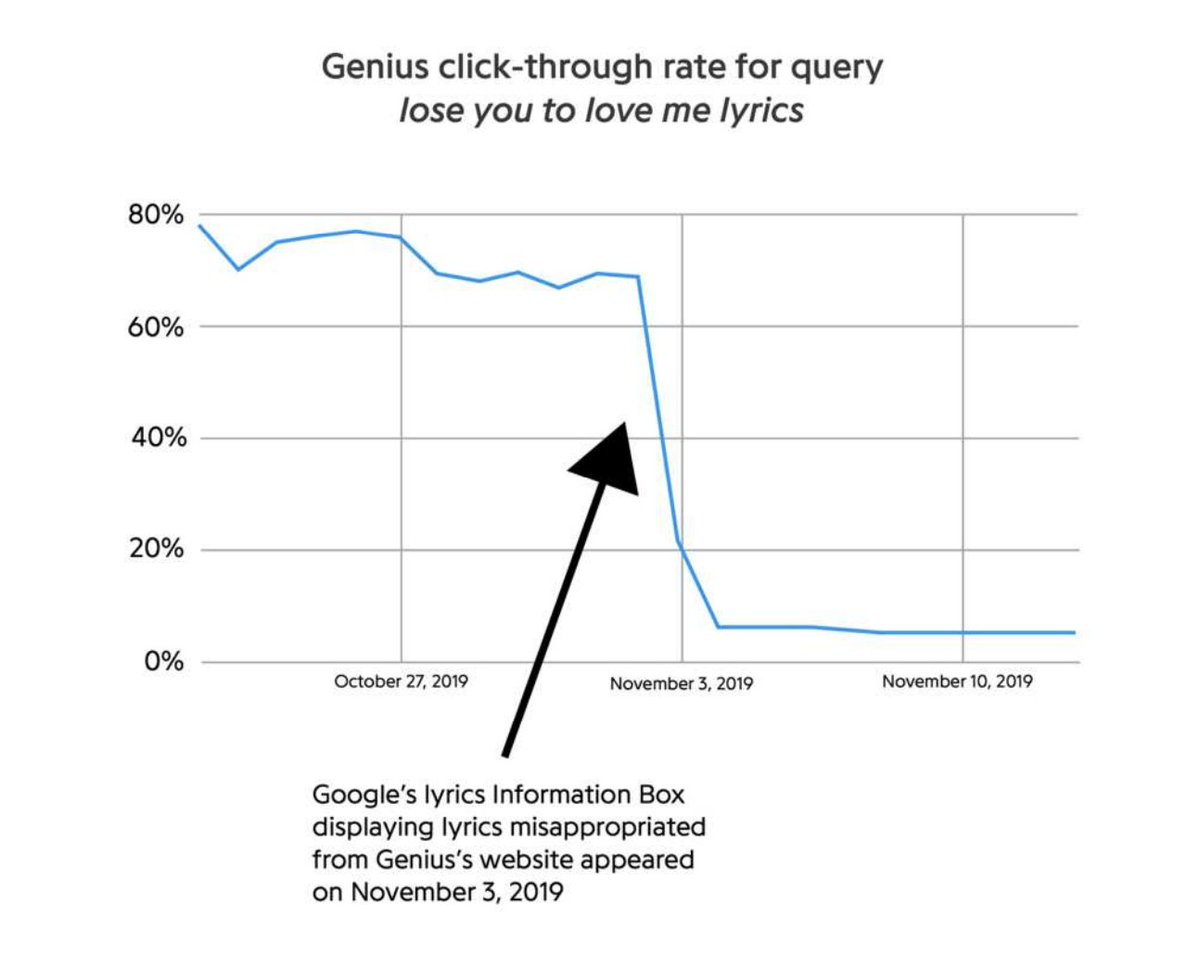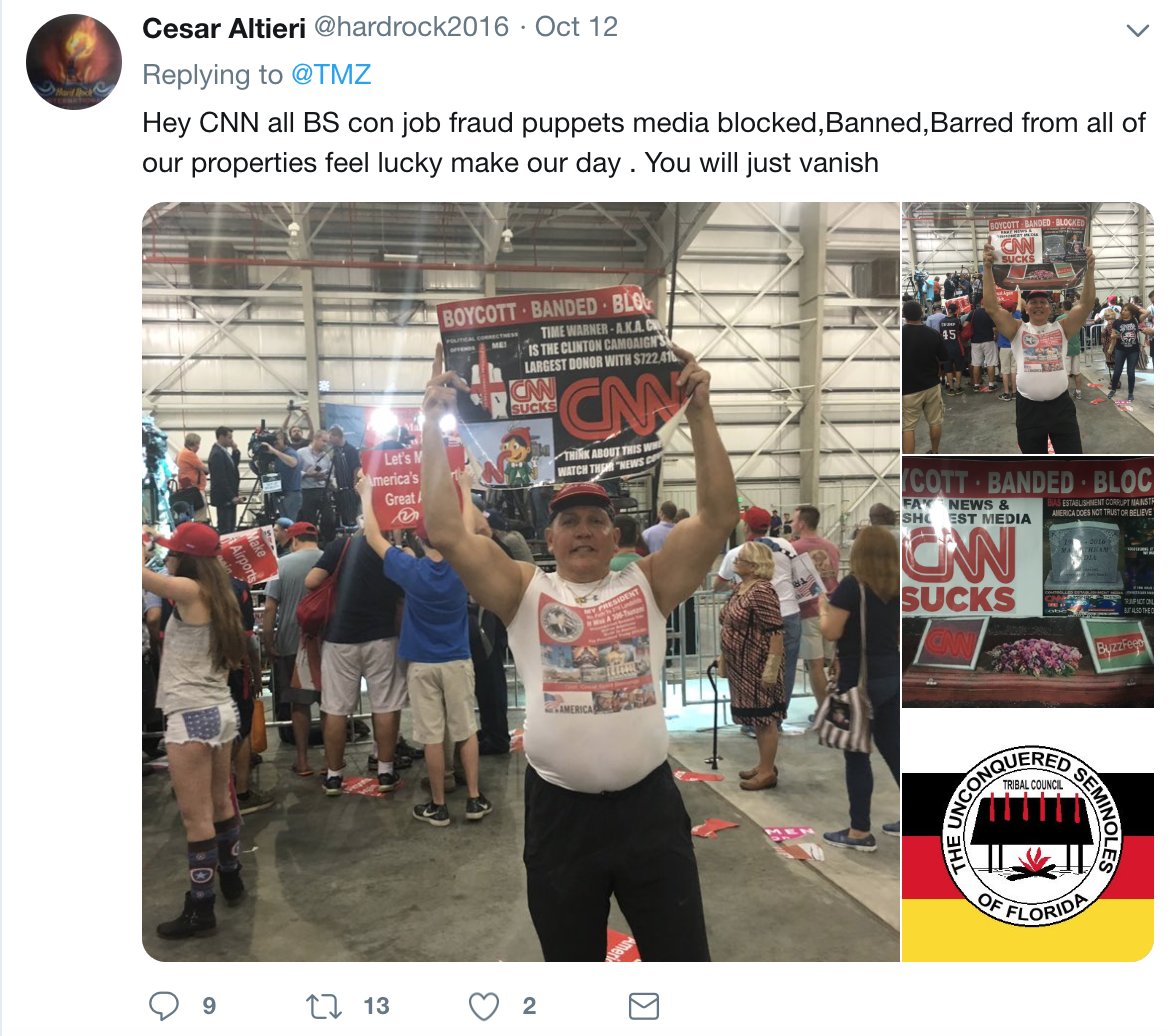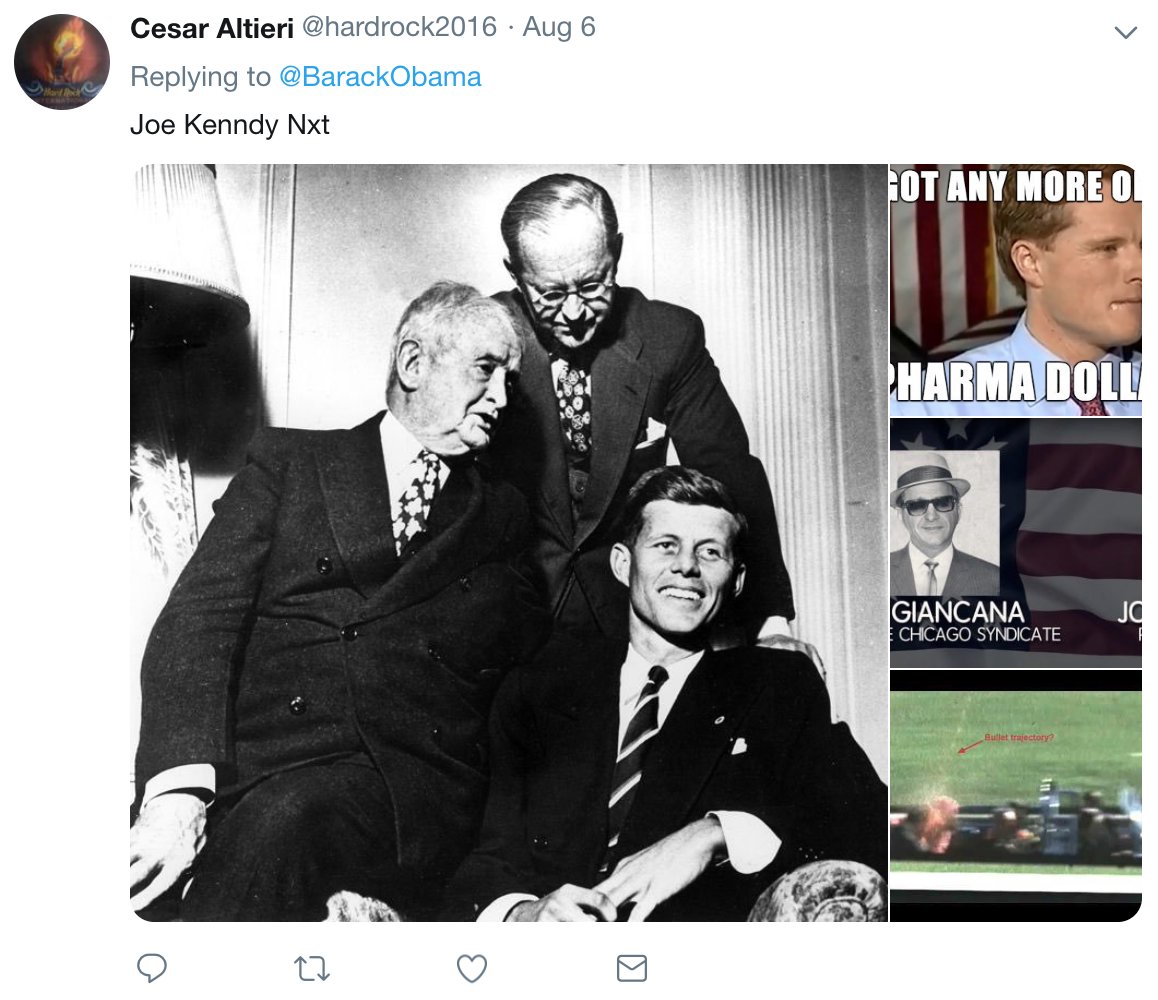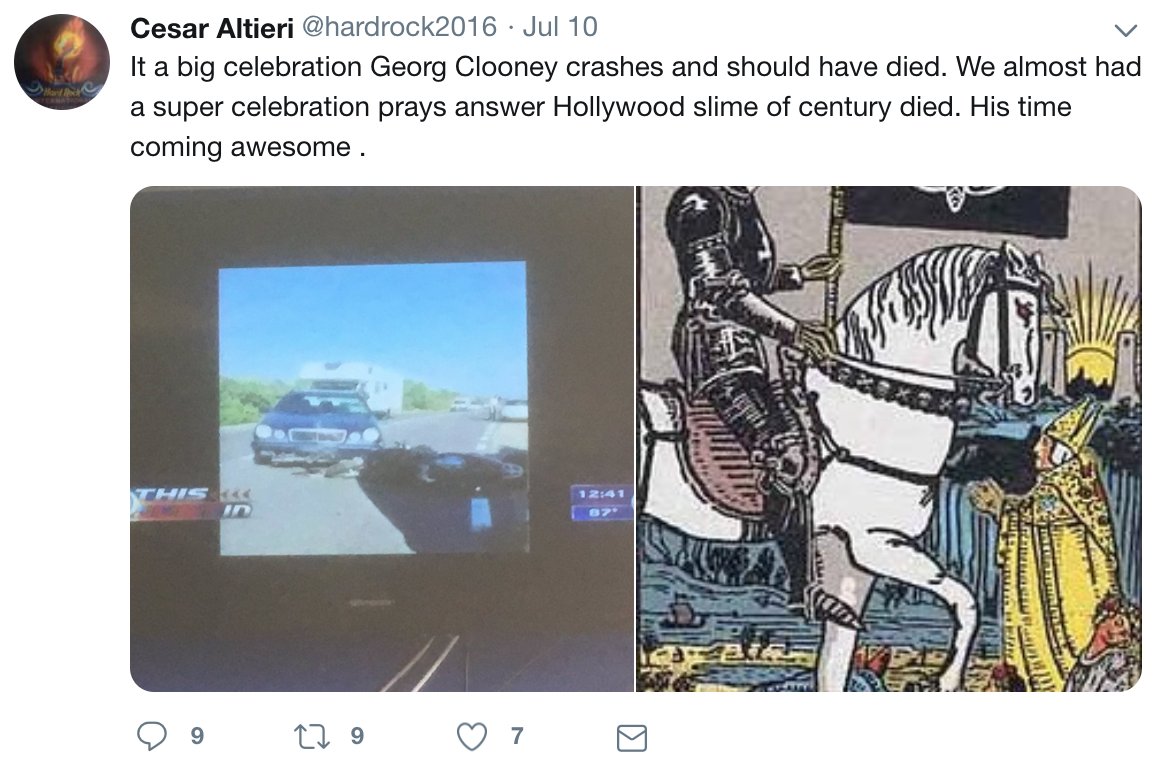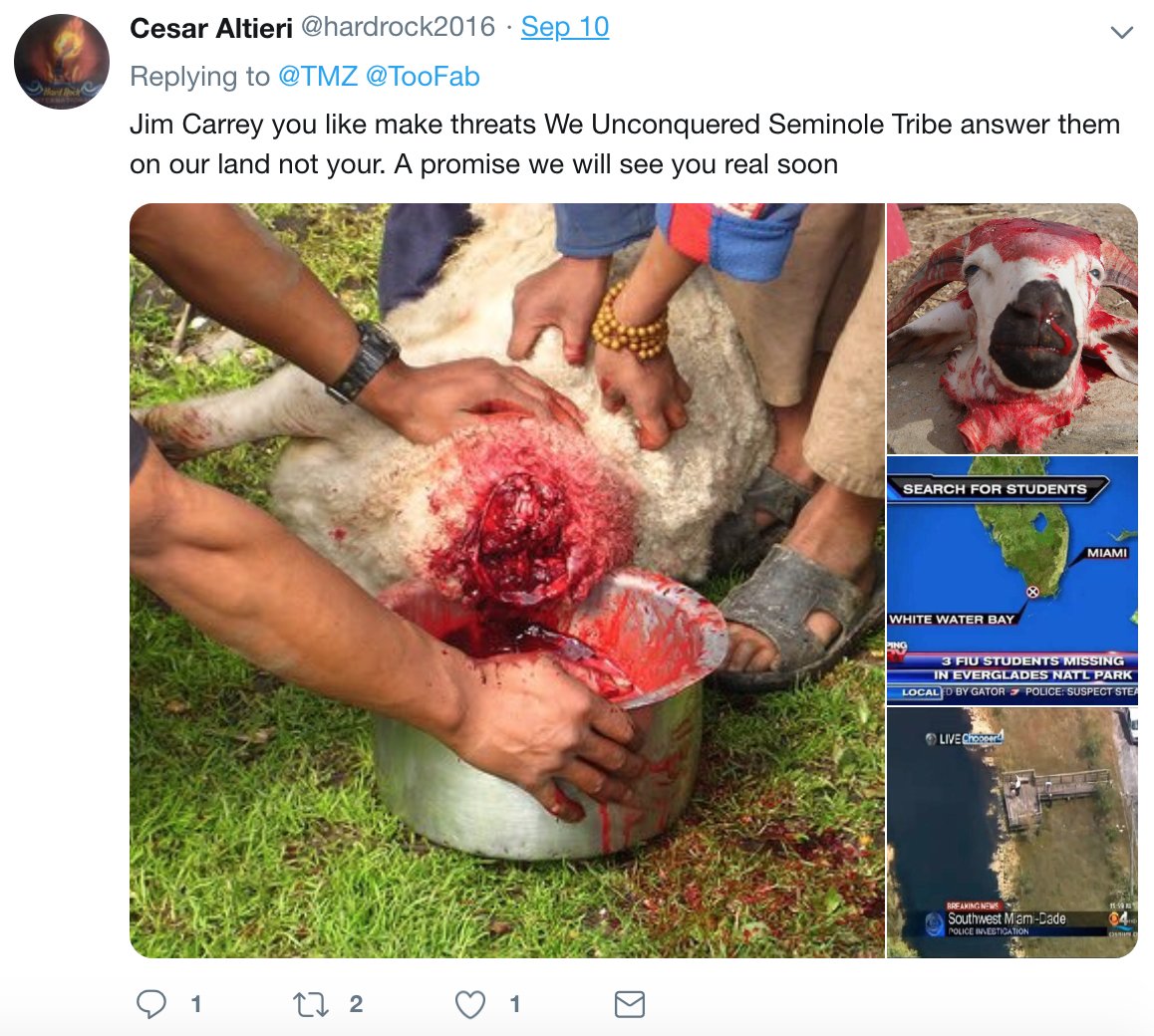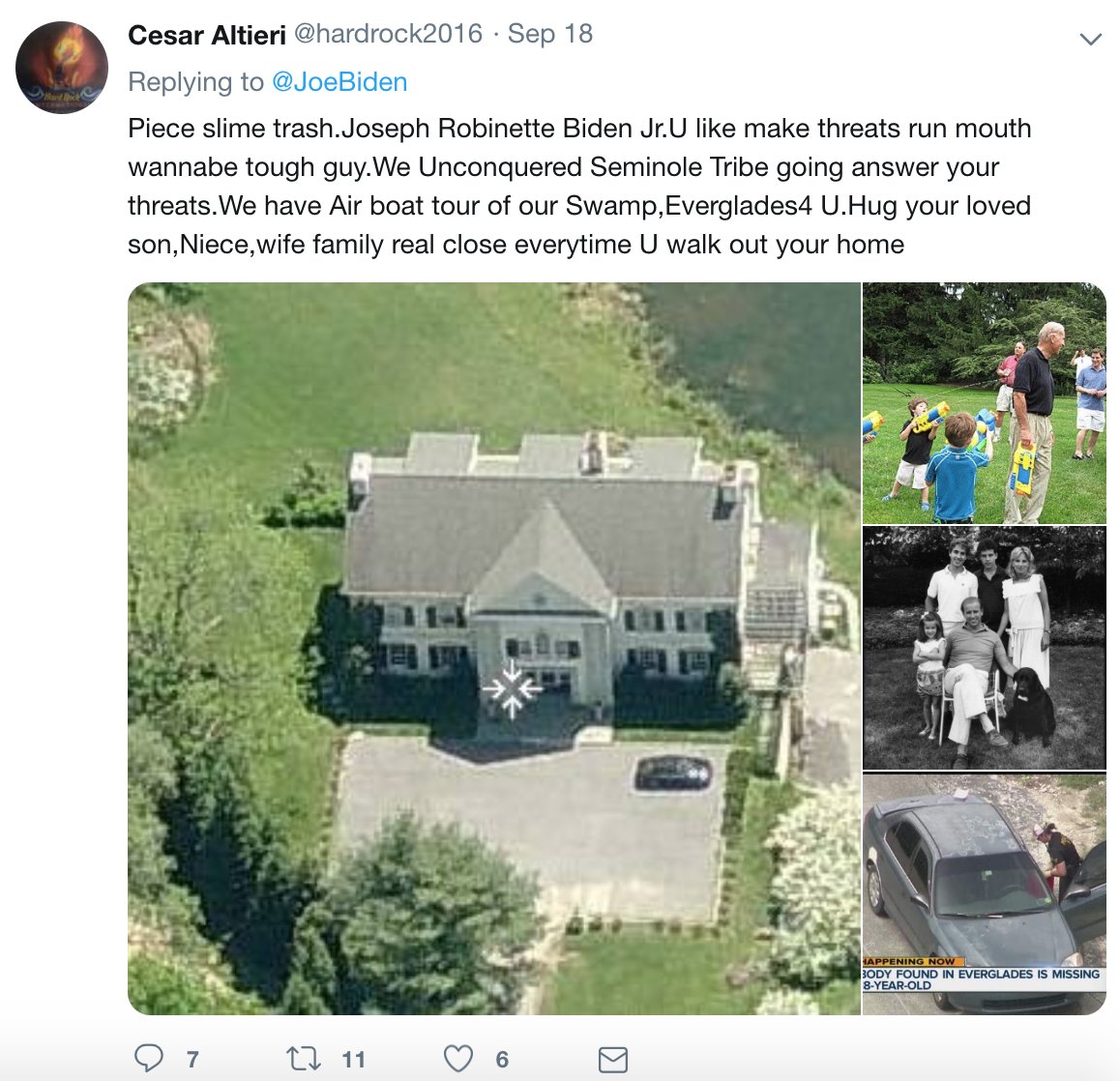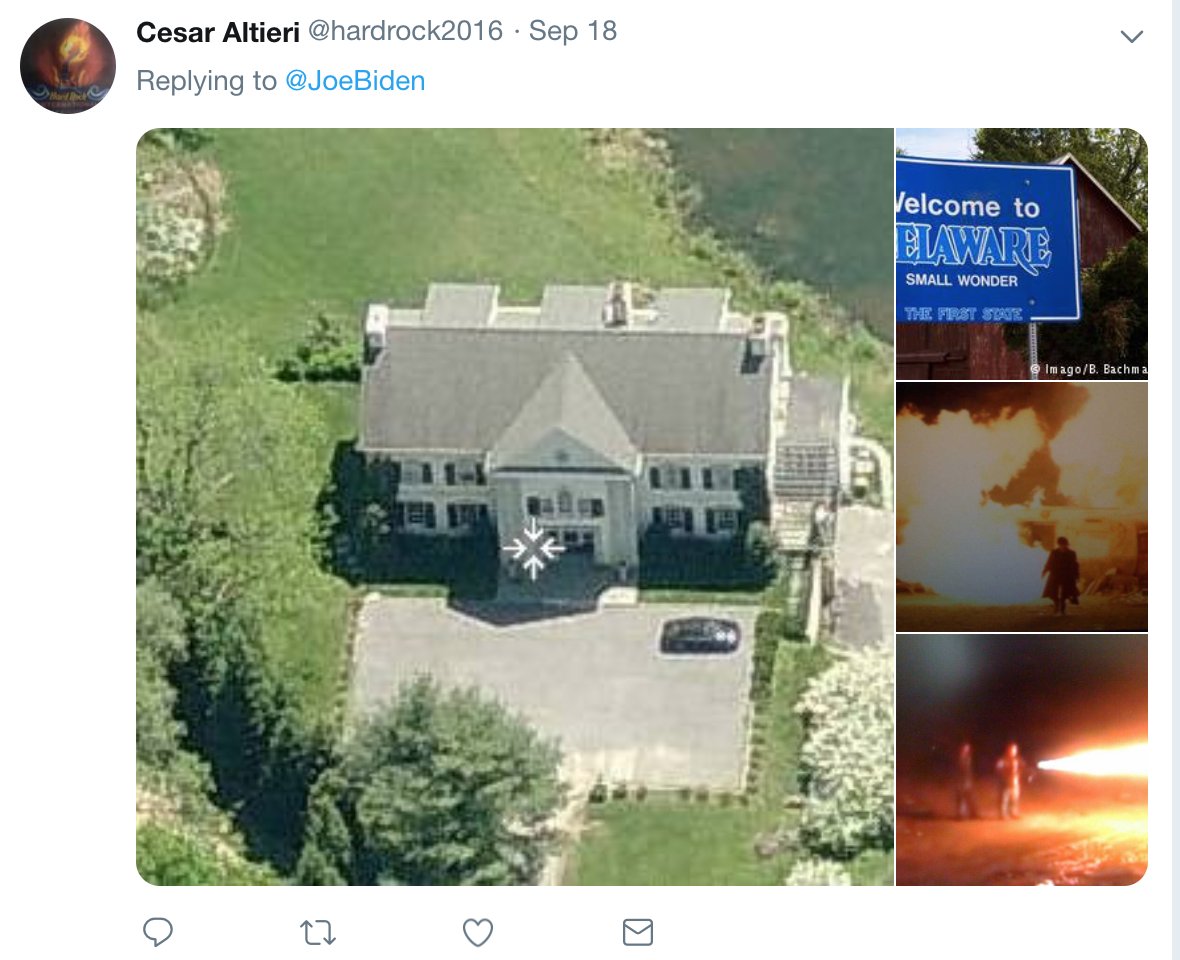
New investigation from @LeonYin & me in @themarkup reveals 4 major ISPs were charging customers wildly different prices for the same speed internet plans. The worst deals disproportionately went to lower-income, less White and historically redlined areas themarkup.org/still-loading/…
We entered over 800k addresses from 38 cities across the country into the websites of AT&T, CenturyLink, Verizon & EarthLink and logged the speeds and prices they offered at each address.
We discovered wide disparities. At one address in an almost entirely Black & Latino New Orleans neighborhood, AT&T offered a 0.786 Mbps connection for $55/mo. In a rich, White neighborhood on the other side of town–connections almost 400x faster for the same price.
In some cities, the monthly cost of one megabit per second of data on CenturyLink ranged from $0.25 to $100.
We found the worst deals disproportionately went to:
- Lower-income areas in 90% of cities we looked at
- Less White areas in more than half
- Historically redlined areas in every single city where we were able to obtain digitized redlining maps
- Lower-income areas in 90% of cities we looked at
- Less White areas in more than half
- Historically redlined areas in every single city where we were able to obtain digitized redlining maps
The 1939 notes explaining the decision to redline a Kansas City, Mo., neighborhood cited “Negro encroachment from the north.” More than 80 years later, we didn’t see AT&T offer a single connection there that the FCC would consider “broadband.”
America’s redlined past is never dead. It’s not even past.
I spoke to folks in places like New Orleans and Detroit who were willing to pay more for faster service, but said their providers just hadn’t gotten around to doing the infrastructure upgrades common in richer, Whiter areas.
Detroit’s Hope Village neighborhood experienced a 45-day AT&T outage last year and generally gets slow, inconsistent service from the company. As resident Pamela Jackson-Walters asked: “Are we too poor of a neighborhood to have the better service?"
These disparities largely persisted even after doing a logistic regression controlling for other things that could explain why ISPs skipped upgrading certain areas–like population density, current rate of broadband subscribers, and number of competitors.
We reached out to all four ISPs for comment, giving them a draft copy of our methodology along with a list of questions.
None denied that they were charging customers the same price for different quality internet subscriptions, but most countered by insisting the Affordable Connectivity Program made our findings about pricing moot.
Created by the 2021 infrastructure bill, the ACP provides a $30/mo subsidy toward internet bills for qualifying low-income households. A bunch of ISPs, like AT&T & Verizon, launched their own discounted plans, making internet effectively free for qualifying households.
But a recent study found only about ⅓ of eligible households in major cities have signed up for ACP and most use their allotted subsidy to cover cellphone bills.
Plus, the existence of a subsidy doesn’t answer why they’re charging certain communities the same for bad service. Not to mention that not every single household offered a crummy deal meets the qualifications for the subsidy.
The ISPs’ other argument was that they needed to put slow plans at a high price point because those old, sluggish networks are expensive to maintain. Really does beg the question why upgrades fixing this issue don’t seem to have gone to marginalized areas?
Ultimately, this story for me showed another way marginalized communities are expected to put up with substandard infrastructure. People I talked to in neighborhoods with slow speeds would shrug and say this was all just another way they were being asked to make do with less.
Check out the story here themarkup.org/still-loading/…
If you want to dig into our methodology showing the full results and how we did it, check it out here (WARNING: Math) themarkup.org/show-your-work…
If you want to dig into a brand new dataset yourself showing, for what I think is maybe the first time ever, address-level speed and pricing data for a mass of internet services offers across the country, check it out here github.com/the-markup/inv…
Are you a journalist interested in localizing our investigation to tell the story of digital inequality in your city? We’ve created a handy guide to help you do just that themarkup.org/story-recipes/…
If all of this leaves you worried you're not getting the best possible deal out of your internet service, here's an explainer laying out how to get fresh, hot internet piped into your brain as efficiently as possible themarkup.org/the-breakdown/…
This type of investigative journalism is not cheap to produce. @LeonYin, @elarrubia, @JoelEastwood and I have been at it for the better part of a year, So if you want to see more deeply-researched data-based reporting, toss a coin to your Markup here themarkup.org/donate
• • •
Missing some Tweet in this thread? You can try to
force a refresh





